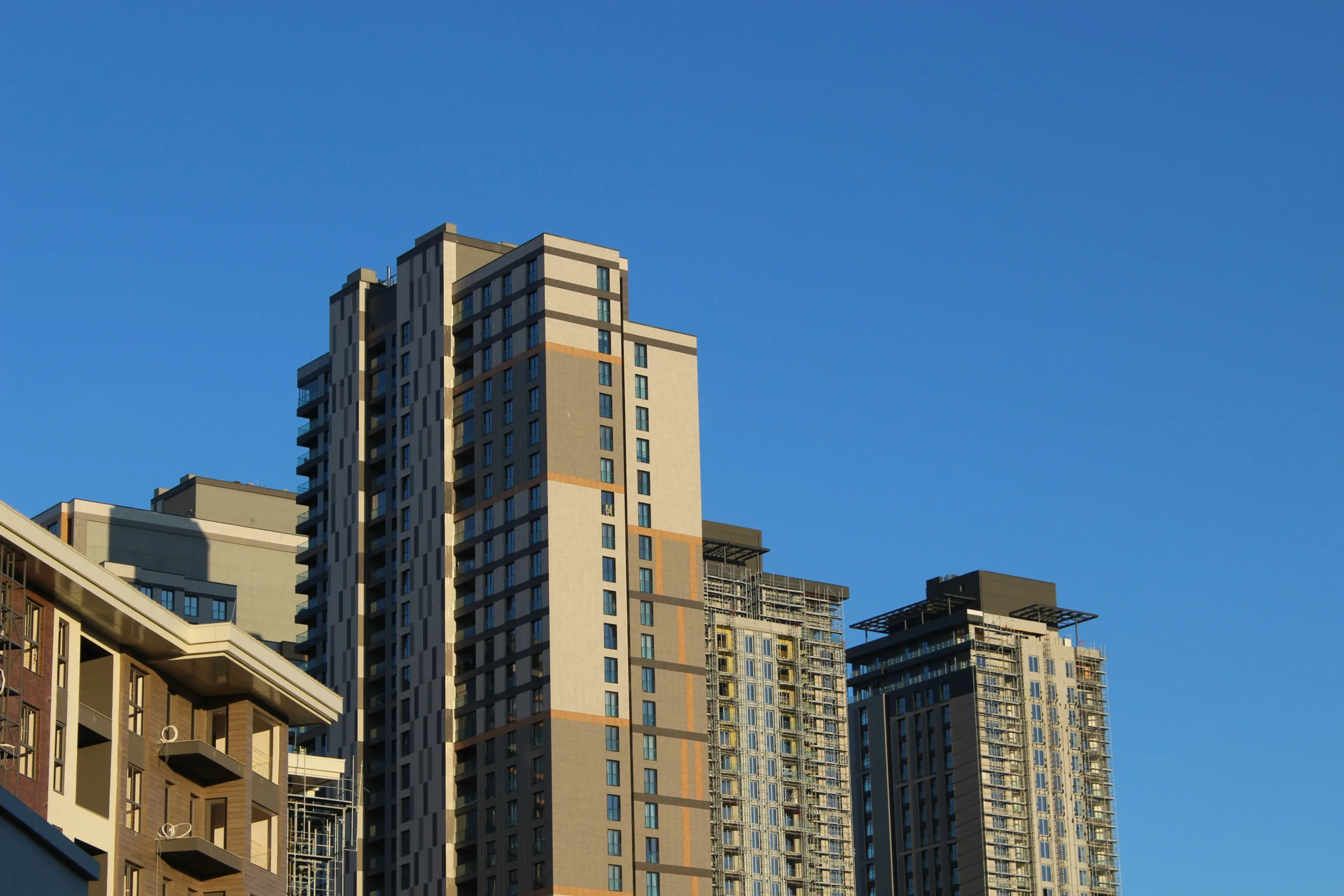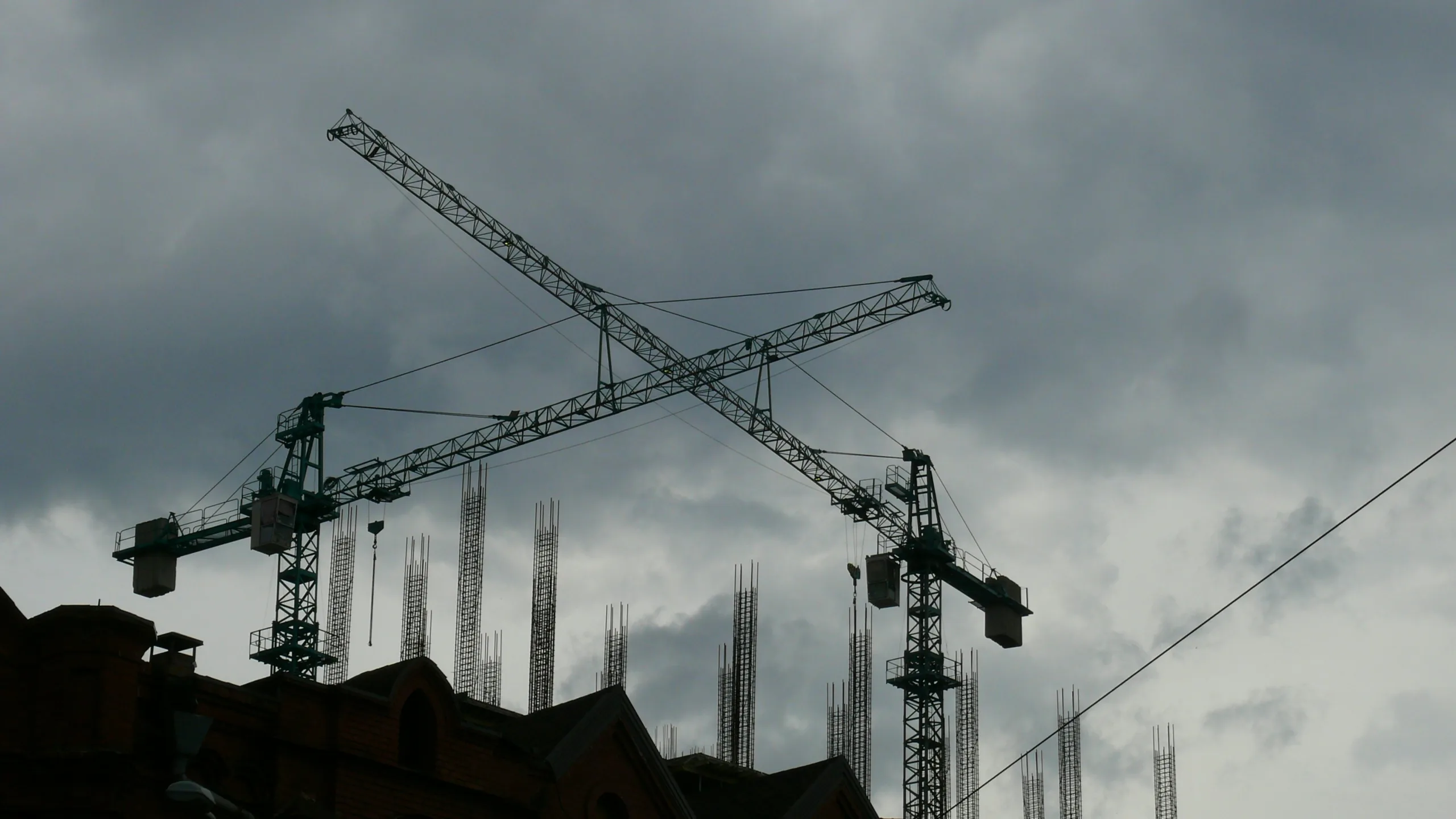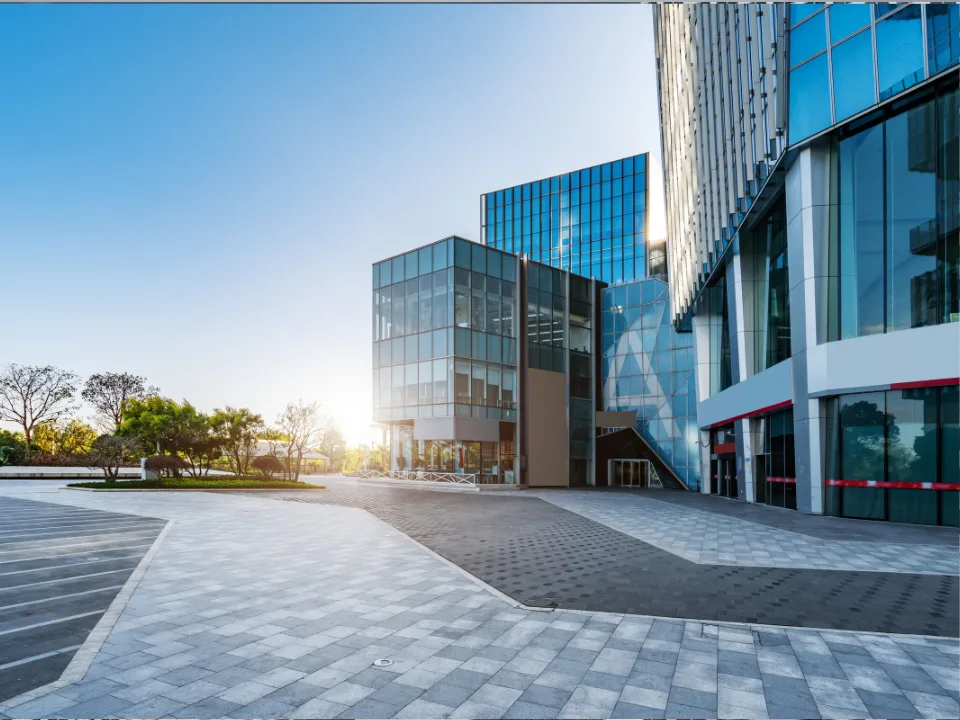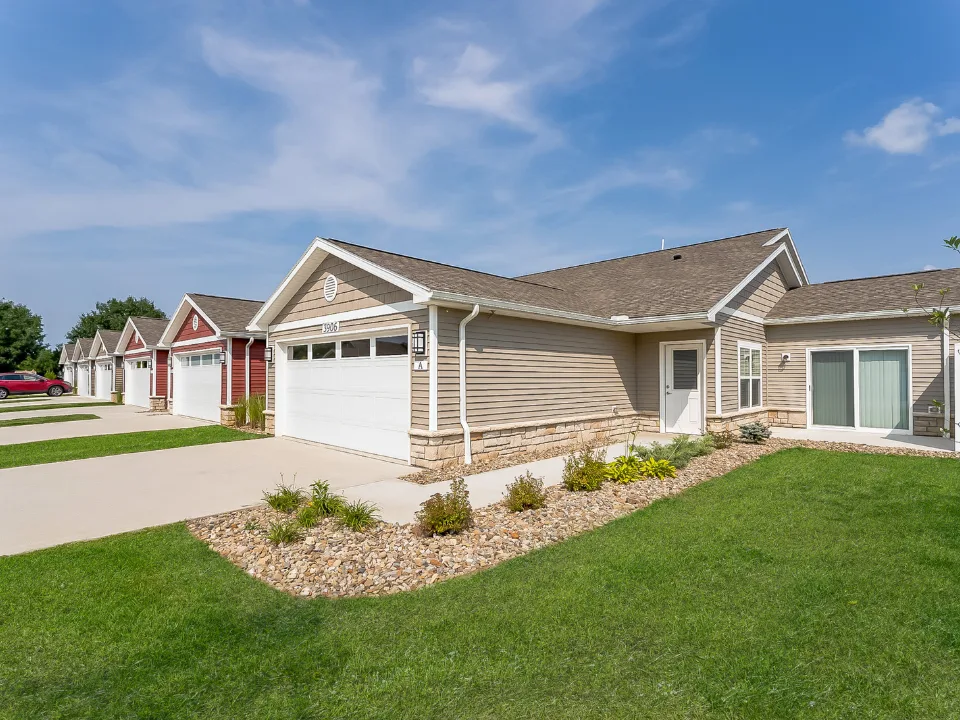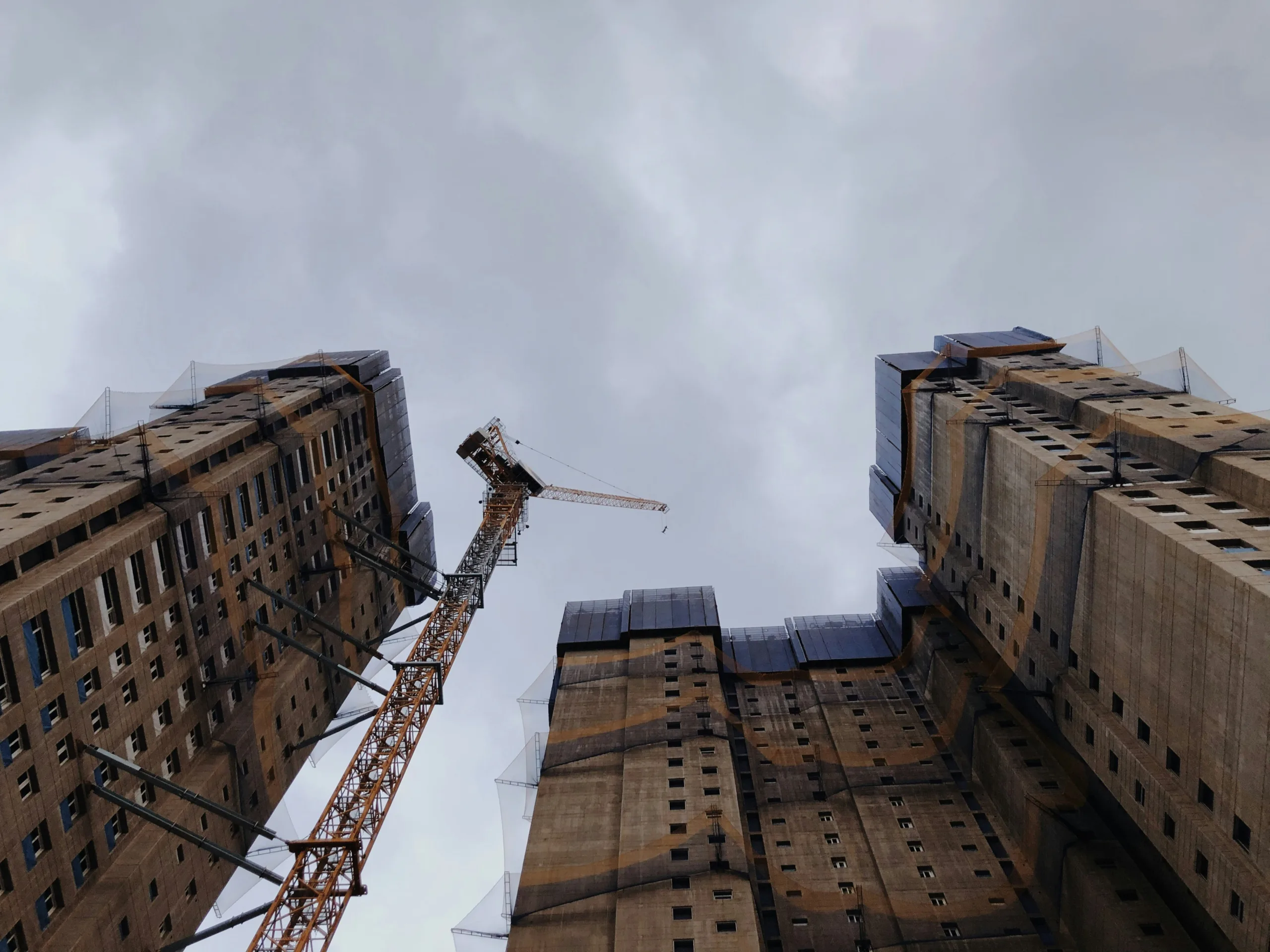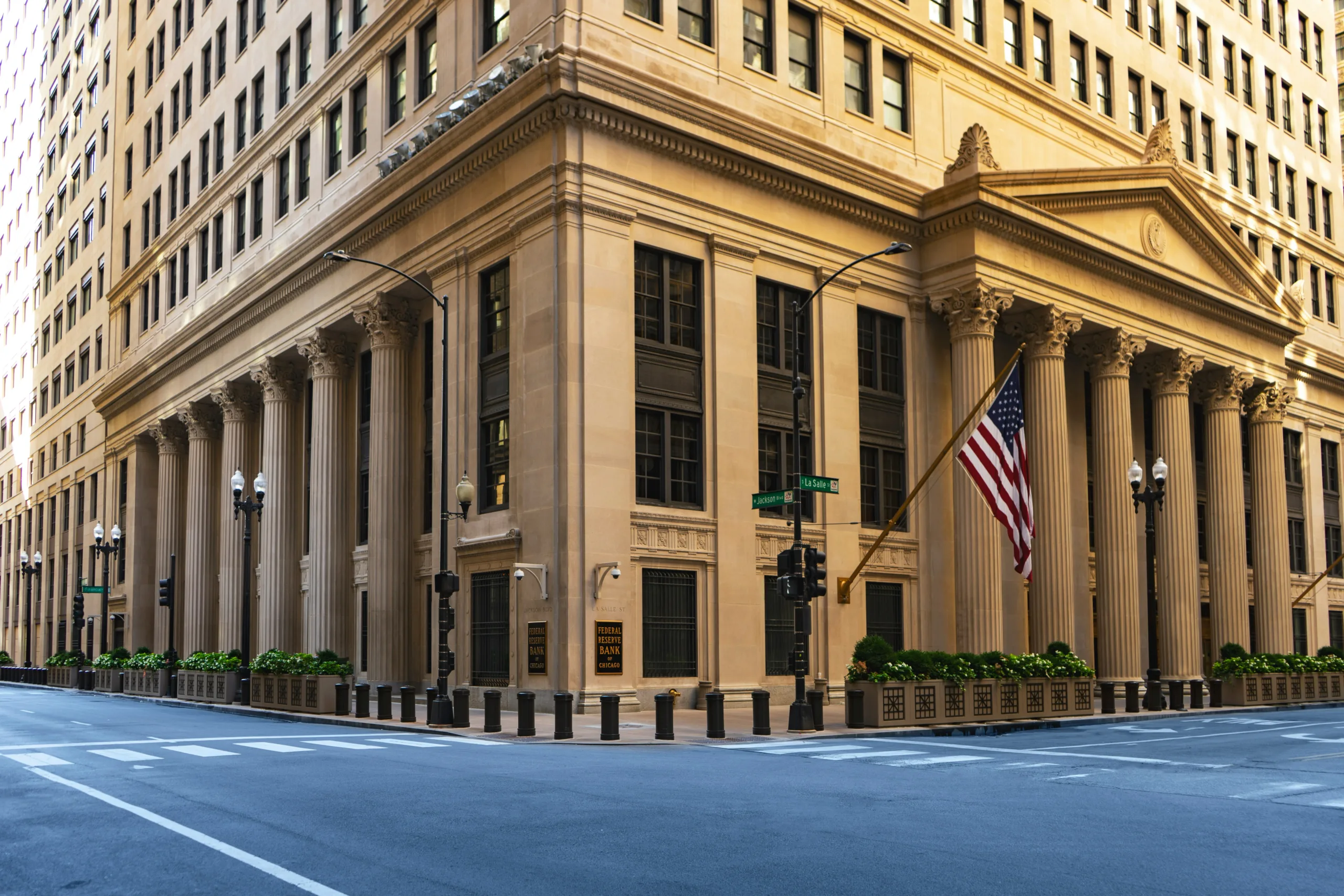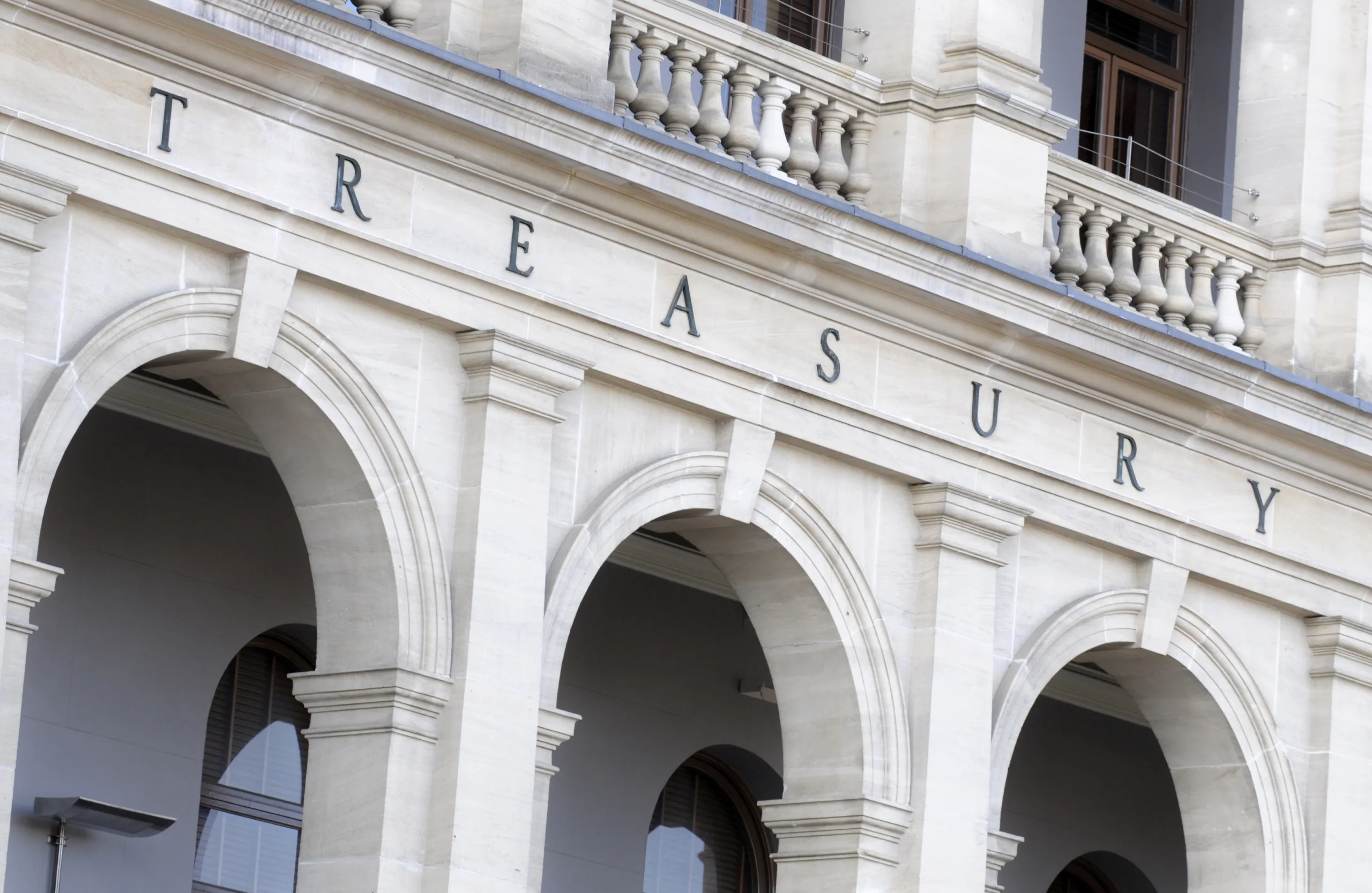- Chicago leads the nation in MOB growth, with 912K SF of new deliveries and over 1M SF of net absorption in the past year—more than any other city tracked by CBRE.
- Tenant stability and healthcare expansion are keeping fundamentals strong, with low vacancy rates and steady rent growth making MOBs a safe bet for investors.
- Adaptive reuse is a key development trend, as rising construction costs and zoning challenges push developers to convert former retail and industrial sites into medical office spaces.
A Booming Sector
Medical office is once again one of the strongest performing real estate sectors in Chicago, reports Bisnow. With over 61M SF of inventory, the Windy City boasts the largest MOB footprint in the US—and it’s growing fast.
Developers delivered more than 912K SF of new MOB space in the past four quarters, outpacing cities like Charlotte (505K SF) and Raleigh (300K SF). The market also posted over 1M SF of net absorption, with high tenant retention keeping vacancy low despite the construction boom.
“Chicago is still a prime market for a lot of folks,” said Brian Howard, founder and president of Stage Equity Partners.
Why It’s Working
Chicago’s MOB sector is driven by a mix of strong demand and reliable tenants. Health systems like Northwestern Medicine, Rush, Advocate, and UChicago Medicine are expanding. They’re responding to an aging population and growing outpatient demand. As a result, they’re locking in long-term leases and investing heavily in build-outs.
Those creditworthy tenants—and their tendency to renew—have made MOBs increasingly attractive to investors.
According to CBRE’s Jon Springer, renewals are outpacing relocations as tenants opt to stay in place amid rising construction costs. This has helped preserve fundamentals and driven more capital into the space.
Get Smarter about what matters in CRE
Stay ahead of trends in commercial real estate with CRE Daily – the free newsletter delivering everything you need to start your day in just 5-minutes
Investment Momentum Returns
After a slower 18 months, MOB investment activity is ramping back up. Jay Heald, managing partner at Capital Healthcare Properties, said higher-quality assets are hitting the market, and buyers are feeling more confident about pricing.
“There’s definitely a lot more momentum right now,” Heald said.
Conversions, Not Ground-Up
Don’t expect a wave of speculative new construction. Developers are instead favoring build-to-suit projects and adaptive reuse—particularly of former retail and industrial buildings.
Recent examples include RX Health & Science Trust’s conversion of a former grocery store in Naperville into a 40K SF MOB leased to Advocate Healthcare. The stabilized asset was later sold to LaSalle Investment Management.
Adaptive reuse projects offer lower costs and faster delivery times than ground-up construction. However, challenges remain—especially when converting traditional office buildings.
“Very, very few of them work in reality,” Heald said, noting that existing office layouts often don’t meet medical requirements.
A Differentiated Office Play
While office and medical office often get lumped together, the differences are significant. MOB tenants typically renew more often, pay higher rents, and are more invested in their spaces.
That makes MOBs a more resilient asset class—particularly in a city with a competitive healthcare ecosystem and expanding service needs.
What’s Next
Demand for outpatient services is growing. Healthcare systems are consolidating into larger, multispecialty sites. As a result, experts expect continued strength in Chicago’s MOB market.
“You will be seeing some expansion. You will be seeing some new developments,” Howard said.
CBRE projects ongoing demand as healthcare providers compete for patients, talent, and market share—further solidifying Chicago as one of the most dynamic medical office markets in the country.
